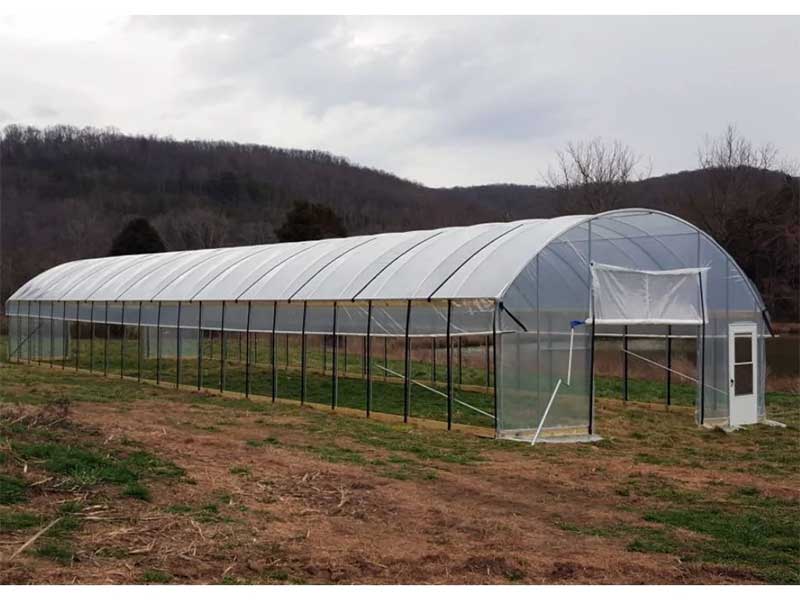Investigating the effect of the form and type of greenhouse structure on the quantity and quality of the product
A good greenhouse, in addition to having sufficient resistance to external forces such as wind and snow, as well as the ability to adapt to all types of plants, should have the following conditions in order to create the necessary conditions for producing products with good quantity and quality:
Commercial greenhouses are created with the aim of mass production of all kinds of ornamental plants, vegetables, summer herbs and fruits. The skeleton of these greenhouses is made of profiled or galvanized material and their cover is made of plastic, fiberglass, glass, etc. Plastic or fiberglass greenhouses generally have a lighter structure and are very cheap compared to glass greenhouses and are mainly divided into three types: tunnel, twin and connected.
A good greenhouse, in addition to having sufficient resistance to external forces such as wind and snow, as well as the ability to adapt to all types of plants, should have the following conditions in order to create the necessary conditions for producing products with good quantity and quality:
1) Sufficient volume and space
One of the necessary conditions for a good greenhouse is sufficient volume and space, because the larger the volume and space of a greenhouse, the better the air circulation in the greenhouse, and secondly, the CO2 needed to carry out photosynthesis will be provided to the plant in sufficient quantity. Three types of tunnel, twin and interconnected greenhouses, all of which have an opening width of 9 meters and a final height of 3.9 meters. It is noted that in the conditions of the same dimensions in terms of length, width and height and for the cultivation of 2000 square meters or more, the interconnected greenhouse is in a favorable situation due to having the lowest level of heat exchange (which is of particular importance in winter) and also having the largest volume (which is important in terms of photosynthesis and plant growth) compared to tunnel and twin greenhouses.
The temperature changes inside the interconnected greenhouse are slower than the other two types of greenhouses due to the environmental temperature change, which causes less stress to the plant and better crop efficiency.
2) Proper ventilation
Proper ventilation is one of the important parameters that must be considered and given importance to a greenhouse, because with proper ventilation, excess moisture caused by plant transpiration (which is usually a suitable environment for the growth and propagation of most diseases) can be easily removed from the greenhouse. Due to a good ventilation, the air flows well in the greenhouse environment and the required CO2 is available to the plant with a concentration equivalent to the ambient air (approximately 300ppm) and photosynthesis is carried out without stopping and with a desired minimum. Good ventilation can also remove the heat inside the greenhouse in situations where the temperature is more than the required temperature and more than the ambient temperature by replacing the ambient air from the greenhouse and prevent the greenhouse temperature from rising too much. Obviously, in the conditions where the temperature of the outside environment is too hot for the plant, the cooling system inside the greenhouse should be used. In order to provide proper ventilation in the greenhouse, it is necessary to have windows in the side walls and in the roof so that due to the difference in height, the air enters through the side windows and leaves through the roof windows. It is clear that the wider the opening width of the side and roof vents, the easier and faster the ventilation.
3) Sufficient light
Another parameter that should be considered for the greenhouse is sufficient light. This means that the structure of the greenhouse should first of all be such that it does not have too much shade and enough light passes through it and reaches the plant. Fortunately, commercial greenhouses with light coverings have this characteristic and allow enough light to pass through them. However, if the location of the greenhouse is poor in terms of light and has few sunny days, a structure should be considered that has a high level of light absorption compared to the area under cultivation, in which case tunnel greenhouses are suitable for this purpose regardless of their disadvantages.

